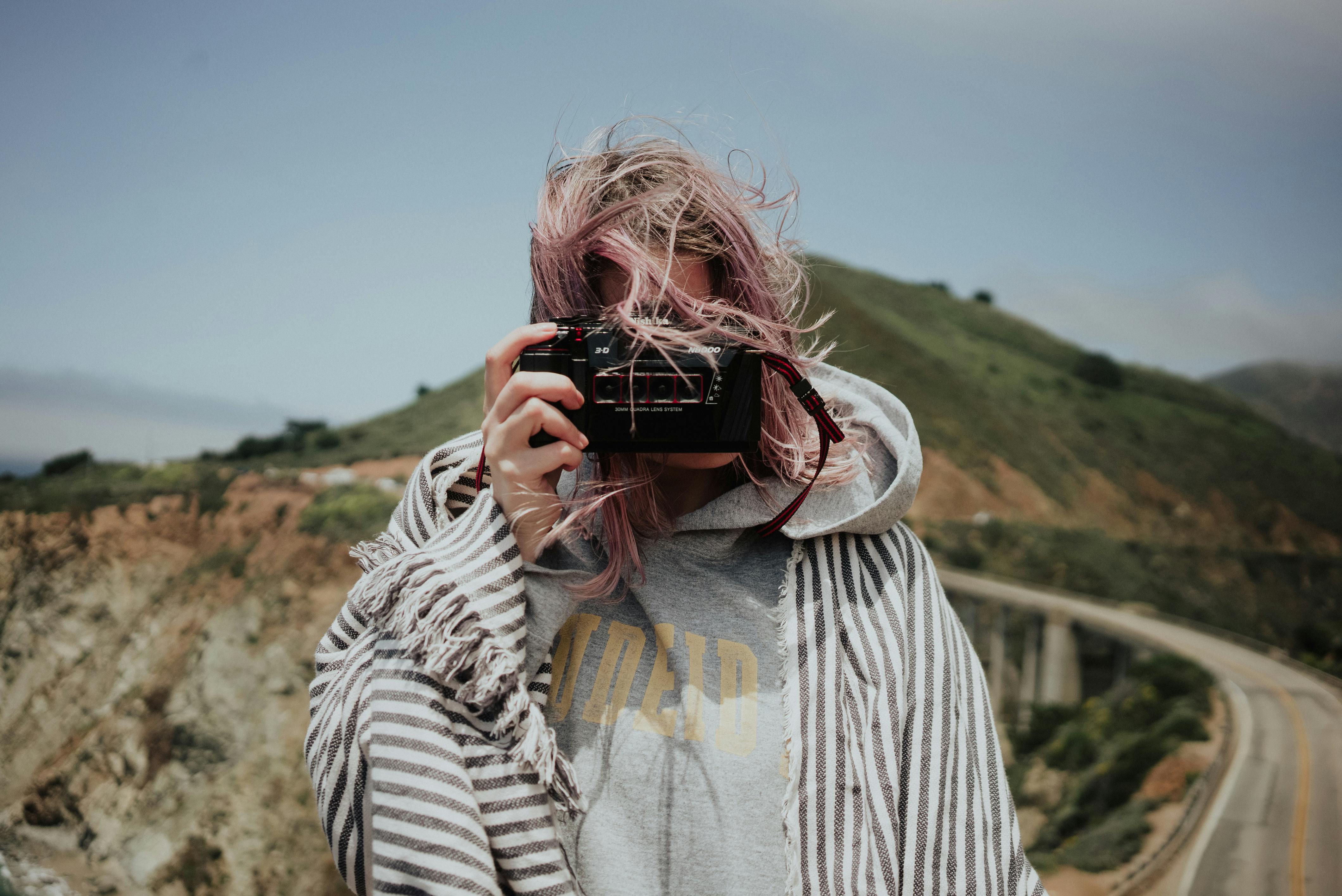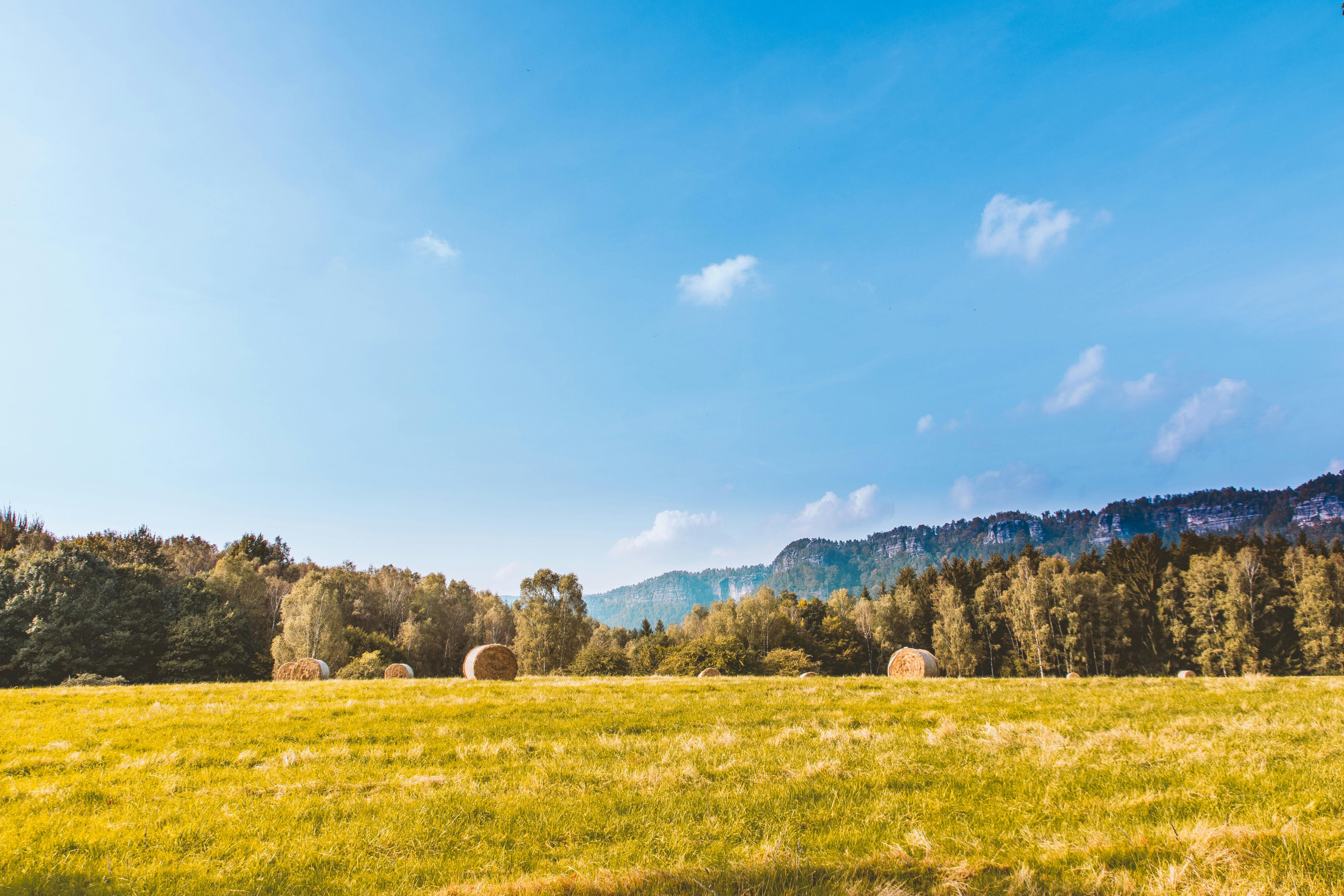With regard to photography and digital imaging, older people can be thought of as falling into one of three groups:
1. No technical knowledge and little or no previous photography or computer experience.
2. Some computer skills, and/or some early days film photography experience.
3. Computer savvy and enthusiastically plunges into every new technical innovation.
This article focuses primarily on building the confidence and skills of the first and second groups. If you are in one of these groups, or know someone who is, and would like to develop digital photography skills, here is a checklist of experiences that will work together to build confidence and competence in digital imaging.
Step 1 – Get comfortable with a digital camera. Spend some time with the camera. Most of them will work fine with automatic setup. Walk around and take some photos of regular items. Find out where the battery compartment is and how to change or charge the batteries. Find out how to change the “mode” so you can have the camera take pictures appropriate to the subject, such as portraits, sunsets, sports, and babies. By spending a couple of hours once and a few minutes a day after that, you can feel very comfortable with your digital camera.
Step 2: Know how to reproduce images. Every camera has a playback function where you can see the images on the screen, but if you’re like me, it’s hard to enjoy them this small. Most cameras connect to a television with a black cable that has yellow and/or white ends. The small end will fit into the camera and the larger, round (yellow) end will connect to a yellow plug on many TVs. Sometimes you need to set the TV input to “AUX” or some other setting to watch, but the resulting slideshow is a real treat. This should take you about an hour to master. Don’t forget to take that cable with you on trips!
Step 3: Know how to print images at a Kiosk. Drug stores and discount stores have such neat kiosks where you can transfer, edit, and print photos. Spend some time with the technician in the photo lab and he will show you how to take the chip out of the camera, put it in the kiosk and choose your photos. You can then edit and play with designs and print them directly in the store. They can also make a backup copy on a CD for you. All this without having to sit in front of a computer! Plan another hour to master this skill.
Step 4: Know how to transfer images to a computer. This can be a very frustrating step to learn, because there are so many ways to do it and so many places on your computer to hide photos. Method “A” is to connect that chip to a memory card reader (internal or external to your computer) and copy from there to a folder. Method “B” involves connecting the camera directly to a small “USB” cable that goes to the computer and copying to a folder. Method “C” involves placing the camera in a docking station (not many cameras have this), and method “D” involves some wireless technology that automatically transfers images once it gets close enough to your computer. You will most likely use Method “A” as it is the most common and fastest. The main thing is to be in control of where the images go. I like to create individual folders for each session so I don’t end up with thousands of images in one folder. You can name the folders whatever you like, but my recommendation is “2008-09-15 Mabels Party” or something like that. In this way, the folders are displayed in date order. Plan a few hours to get it right. You’ll know you’ve mastered this if you can boot up your computer and quickly find out where your photos are.
Step 5 – Learn how to back up your images. Every computer gets sick at some point. You need to make sure that you are transferring your images from the chip or the computer to some other type of backup. I recommend “burning” them to CD or DVD. Most computers made in the last 4 years can do this. You’ll need to know how to start the burning program, select the folders and/or images, start the backup, and then verify that the DVD or CD actually contains the images. You can then label the DVD or CD and store it in a safe place. Plan an hour or so. Be sure to also learn how to take that CD, insert it, and get the images you want from it.
Step 6: Learn how to share your images. There are many free websites that will allow you to submit your images there so that you can share them with others. Look for websites that allow you to set passwords for your folders so only the people you want can see them. The key tasks (after registration) are knowing how to “upload” your images to your website and make them available to others. Plan a few hours to choose, sign up, load and play with the website. Don’t forget to try the website’s print and candy store. Please note that in some cases the website will act as a backup site for your images.
Step 7: Learn how to make things from your images. The previous step showed how to make a website do things for you. If you have a home printer, you can print on paper, magnets, note card, stationery, t-shirt transfers, and more. You can also take photos and create screen savers, wallpaper (the main image on your computer), slideshows that will play on DVD players, and much more. Some examples of photo products you can make or buy include: quilts, blankets, sweatshirts, t-shirts, puzzles, coasters, dry erase boards, canvases, playing cards, coffee mugs, bag tags, key chains and many more. . Plan several hours to explore how your talents can be used!
Step 8: Know how to edit your images. Once you’ve mastered capturing, transferring, storing, sharing, and outputting, you can get really creative. There are a number of image editing programs out there. Your camera probably came with one. Most of them will do some automatic editing for you and allow you to change a lot of things about the photo. You could spend many hours on this step, depending on your level of interest in growing in this skill.
Step 9: Learn how to take better photos. There are formal and informal classes for camera owners. You can flip through magazines and go to museum exhibits. Talk to local photographers. Join a photography club. Spend time volunteering somewhere where you can use your camera to help people. Take a look at some online photography discussion groups. You can spend many hours here too.
So how do you remember all this? Cards! Get some old note cards and write “Step 1: blah blah” on them, and make notes about your specific camera. You can then refer back to them if some time has passed. And if something changes in your world, like a new camera, computer, or printer, you can review the flashcard with notes or create a new one.
Therefore, there is no need to be intimidated by digital photography. Get out there and shoot!



